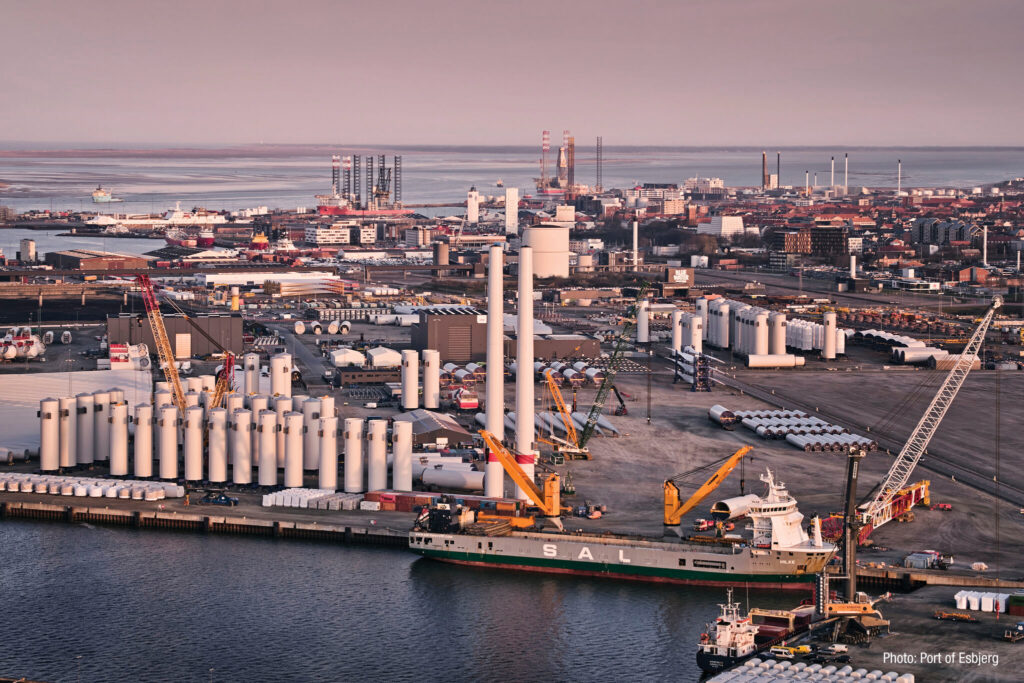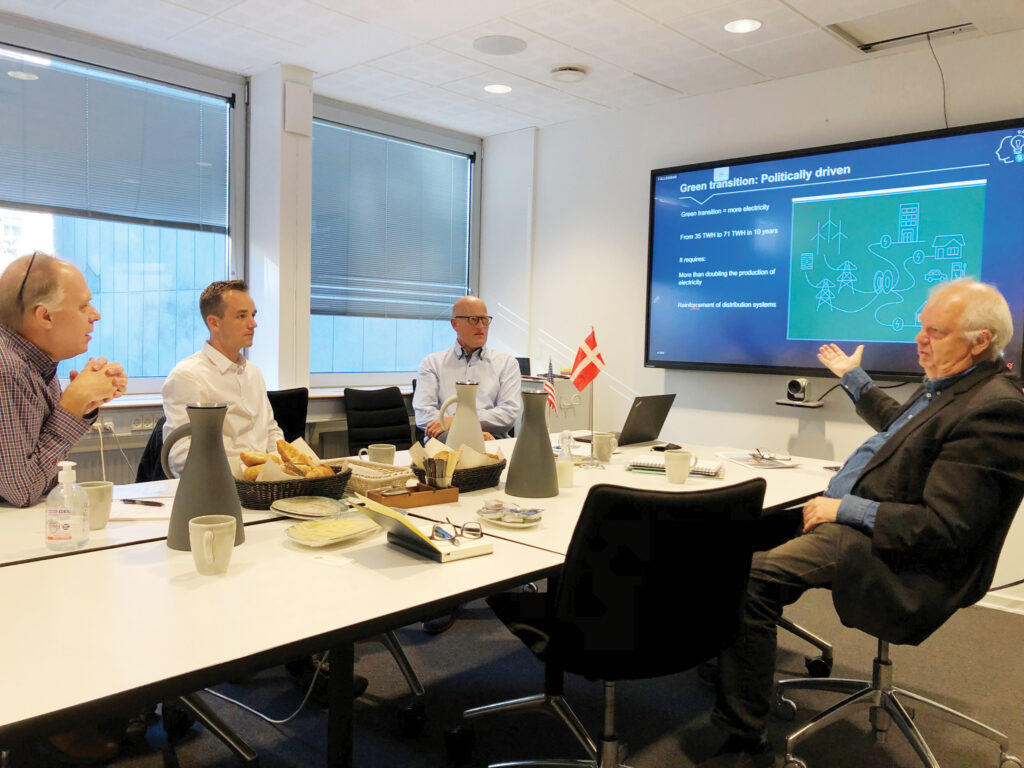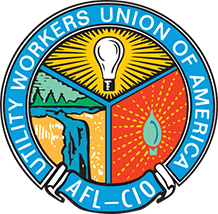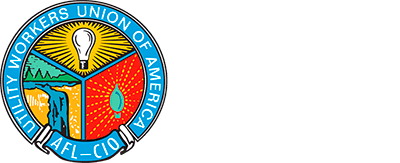Three representatives from the UWUA traveled to Denmark at the invitation of the Trade Council of Denmark of North America to develop an understanding of Danish offshore wind (OSW) training programs and bring back recommendations for how to best train our members for the coming boom in North American wind related jobs.

There’s money pouring into onshore and offshore wind from federal and state governments, and there are numerous OSW projects that have cleared regulatory approval — including 34 planned on the U.S. East Coast alone between now and 2030. However, as of 2019, the U.S. had only 5,425 workers that were Global Wind Organization (GWO) certified. Forecasts calculate a need for over 38,000 GWO-certified workers over the next 5 to 10 years and multiples of that by 2050 as demand for wind power continues to soar.
While big plans lie ahead, the reality is that the U.S. OSW industry is still in its infancy when compared with the European Union (E.U.), and there are few domestic models available from which to learn. Denmark has a lot to teach us because it plays a key role in OSW for the entire E.U. Belgium, Denmark, Germany, and the Netherlands have combined plans for 150 GW of OSW by 2050, more than four times the amount in the U.S. pipeline. The Port of Esbjerg on Denmark’s west coast serves as a staging and shipping center for most E.U. projects.
With OSW poised to become a major player in U.S. energy generation, the UWUA is working to ensure that our members are trained and ready to take on this work. To that end, Jim Harrison, director of renewable energies; Lee Anderson, governmental affairs director; and Jon Harmon, executive director of the Power for America Training Trust spent five days in Denmark in September. They met with three Danish trade unions, which collectively represent 435,000 electrical, metal and other trades that work on E.U. wind projects; one manufacturer, Vestas; two training providers, Maersk and RelyOn Nutec; and the CEO of the Global Wind Organization to review GWO certification requirements. They also toured the Port of Esbjerg to witness first-hand the E.U.’s aggressive OSW program.

The focus was to learn how offshore wind technicians in Denmark go through their training, how training providers operate, what segments of a wind technician’s overall training is delivered by Original Equipment Manufacturers (OEMs), what roles and responsibilities unions play in training development and delivery, and what role the Danish government, both federally and regionally, play in supporting this training.
Harmon, Harrison, and Anderson returned stateside with a wealth of information that they shared with UWUA officers. In the coming months, they will work to formulate approaches that build on the strengths of the existing UWUA training infrastructure to help our members gain the skills and certifications needed to capture OSW work.
Lack of U.S. standards for wind work
One of the biggest challenges in developing training for OSW will be that the U.S. does not currently have a set of standards for wind technician professionals. At present, it’s the E.U.-based GWO that sets the ground-floor standards for safety and basic technical training. Thus far, GWO has developed 14 standards, including blade repair, control of hazardous energies, lift training, and enhanced first aid training — a growing, but by no means comprehensive, list.
The GWO was created in 2012 to address the lack of recognized standards for safety across the wind industry. GWO is a non-profit owned by its members, including leading turbine manufacturers such as GE and Siemens, and owner/operators such as Dominion and Orsted. Members share expertise and risk information to create common international training standards for safety and emergency procedures.
The GWO does not actually conduct training; rather it provides certification of training. To date, it has certified 35 training providers in the U.S. that offer training on particular GWO standards. However, no single U.S. training provider is yet certified in all 14 GWO standards.
With the lessons learned in Denmark, the UWUA will work to develop the gold standard in training for U.S. wind jobs.

